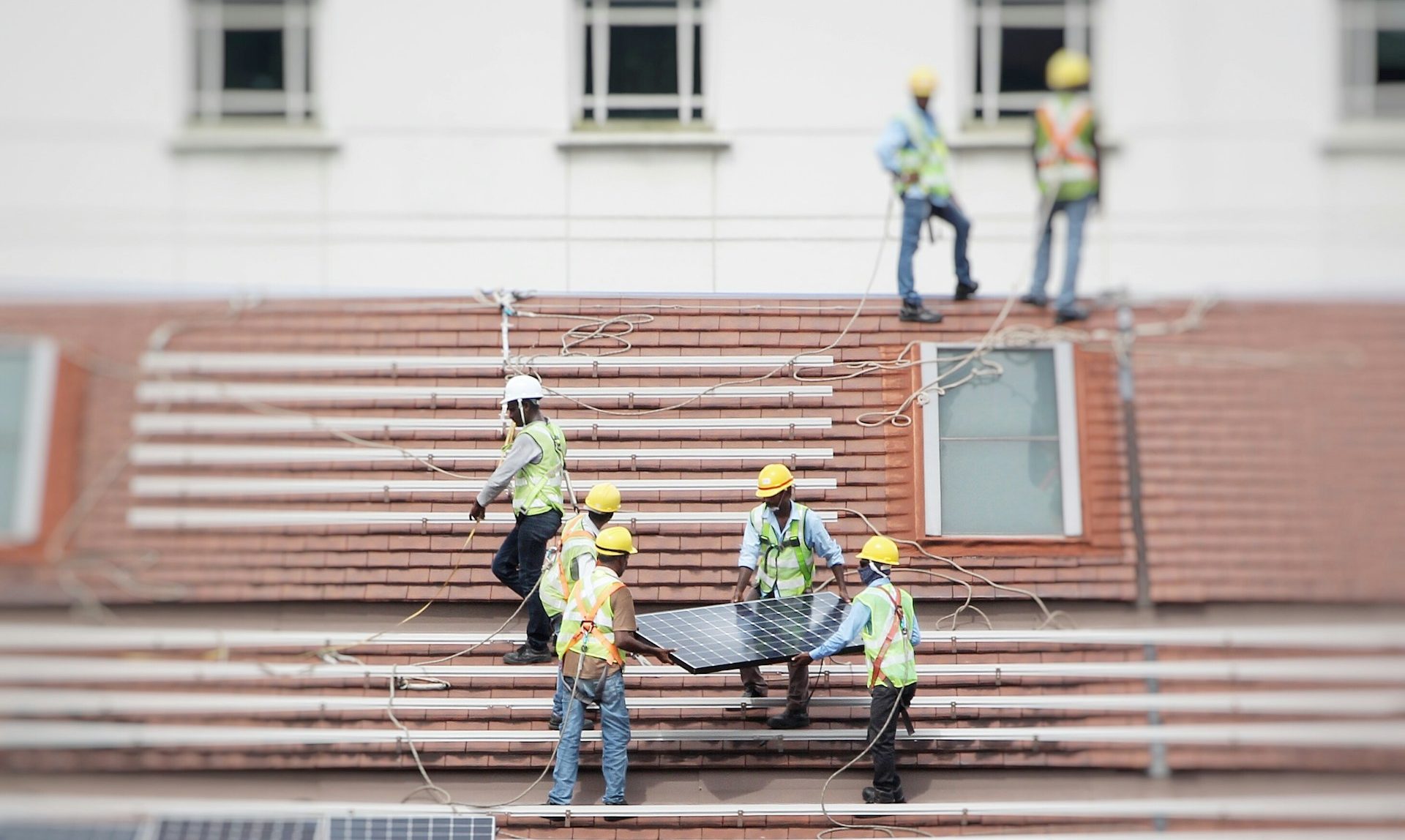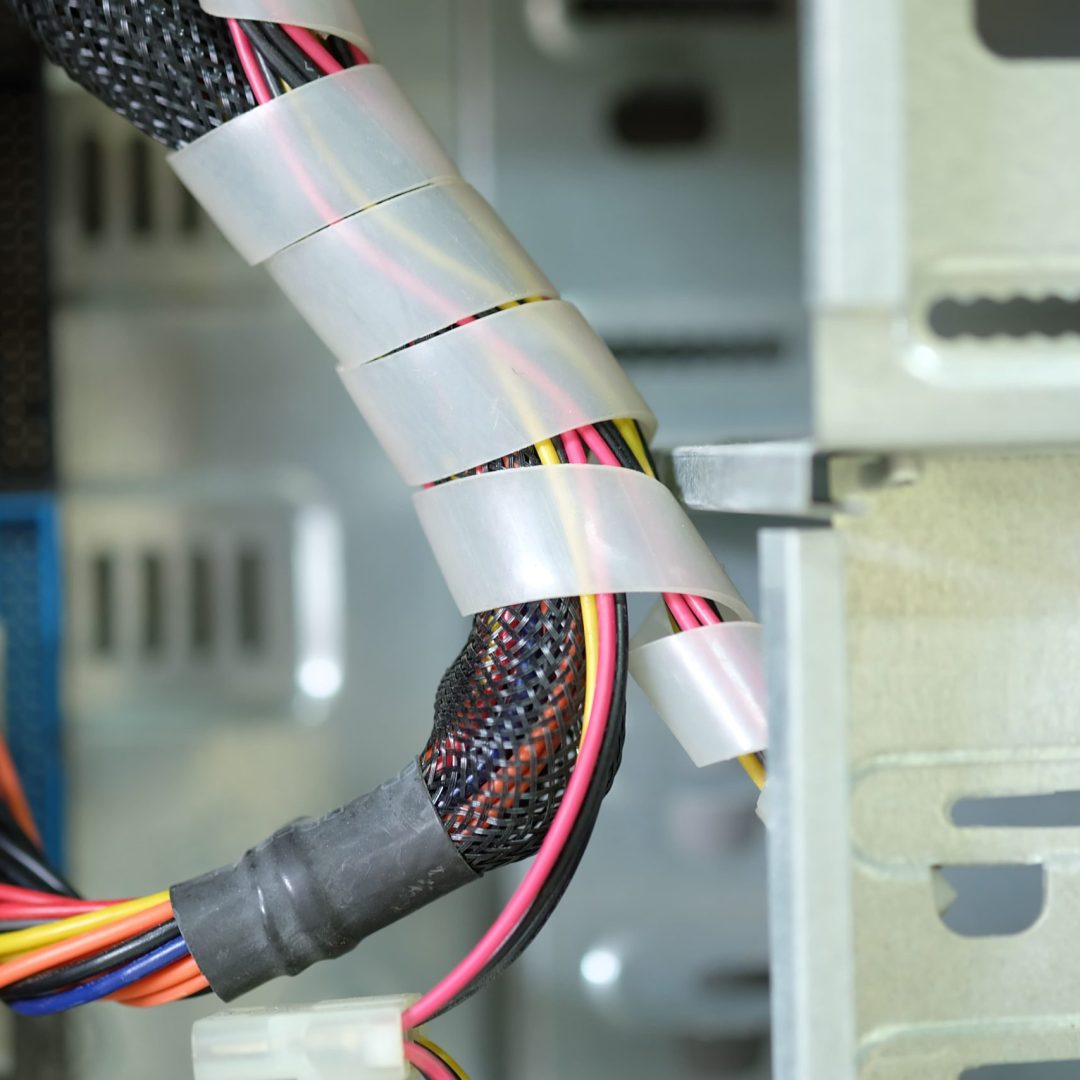Requirements for CFE approval
The installation of a PV system in Mexico requires compliance with a number of technical and regulatory requirements to obtain approval from the Federal Electricity Commission (CFE). This blog will address these requirements, including examples and special cases, wiring and electrical connection standards, and procedures to follow once the CFE approves the installation.
General requirements for interconnection
1. Interconnection request
The first step for the interconnection of a PV system is to submit an interconnection request to the CFE. This application must include:
- Applicant data (name, address, contact).
- Technical information of the photovoltaic system (installed capacity, type of inverter, solar panels, etc.).
- Design of the system.
- Single-line diagrams of the system.
2. Standards and technical regulations
The installation must comply with the following rules and regulations:
- Mexican Official Standard NOM-001-SEDE-2012: Electrical Installations (use).
- Mexican Official Standard NOM-ENER-2013: Solar energy – Photovoltaic systems and their connections.
- Grid Code: Guidelines for the operation and connectivity of electrical systems.
3. Inspection and certification
The CFE performs a technical inspection to verify that the installation complies with all regulations. It is essential to have:
- Certification of solar panels and inverters: The equipment must be certified by recognized organizations such as UL (Underwriters Laboratories) or TUV (Technischer Überwachungsverein).
- Grounding check: Ensure that the installation is properly grounded to avoid electrical hazards.
Specific standards on wiring and electrical connections
1. Wiring type
The wiring used in the installation must be weatherproof and in accordance with the following specifications:
- Copper cables: With XLPE (cross-linked polyethylene) or PVC (polyvinyl chloride) insulation for outdoor environments.
- Solar cables: Specific for photovoltaic systems, such as the PV1-F type, which resist UV radiation and extreme temperatures.
Avoiding obstructions in the photovoltaic system
To maximize the efficiency of the photovoltaic system, it is crucial to avoid any type of obstruction that may cause shadows on the solar panels:
- Location of the panels: Install the panels in areas free of shadows during most of the day.
- Maintenance of green areas: Ensure that there are no trees or other elements that may grow and cast shadows in the future.
- Regular cleaning: Keep the panels clean of dust, leaves and other debris that may block sunlight.
Procedures after CFE approval
Once the CFE approves the installation of the photovoltaic system, the following steps must be followed:
1. Interconnection contract
Sign an interconnection contract with the CFE, which specifies the terms and conditions under which the PV system will be connected to the grid.
2. Bidirectional meter installation
The CFE will install a bi-directional meter that records both the energy consumed from the grid and the energy generated by the PV system and exported to the grid.
3. Operational testing
Perform operational tests to verify that the system is working properly and that the energy generated is being properly injected into the grid.
4. Monitoring and maintenance
Implement a monitoring system to track the performance of the PV system and perform the necessary maintenance to ensure its efficiency and durability.
9.1 Installation Aspects The correct installation of SFV is very important to avoid possible failures and/or accidents caused by improper installation practices or damage to the components in this process. This section describes the most important aspects to be observed during the installation of a SFV:
- a) Consider the use of components approved for use in SFV. As for the modules, they must be certified by a recognized laboratory. Regarding the d.c. equipment, it must be ensured that the switches, fuses, among others, are specified for this use.
- b) PVS conductors should not be installed in the same ducts, trays, or junction boxes of other electrical systems. Two permissible exceptions are: when the conductors of different systems are interconnected and if there is a partition to separate them.
- c) Avoid forming large conductor area loops, particularly with the conductors interconnecting the PVMs and those of the PV array output circuit.
- d) Use connection boxes and cabinets approved by a competent authority for the intended use.
- e) Consider the mechanical stresses to which the cabling may be subjected when installing the cabling. Use strain relief, supports, conduit, and guards as appropriate to ensure the safety of the installation.
- f) If the PVG is located in a part of the building that is freely accessible to its occupants or within an area that has other uses; it is essential to place a wire mesh and clearly visible warning signs to prevent unqualified persons from coming into contact with the system’s equipment.
- g)If the PVS installations are located near electrical conductors with lethal voltage level or are considered high risk for CFE personnel or system users, the aspects indicated in the NOM-001-SEDE standard must be covered.
Care should be taken to ensure that the wire mesh does not obstruct solar radiation at any time of the day, and during any season of the year. In addition, the mesh should be grounded and integrated into the lightning interception system if the building has one.
Transform your home or business with solar energy from Peak Energy. Specializing in solar panel installations in Hermosillo, Guaymas, San Carlos and Caborca, we help you reduce costs and protect the environment. In addition to installation, we offer complete maintenance, planning and custom design services to ensure maximum performance from your photovoltaic system. Take the step towards a more sustainable future today with Peak Energy!

